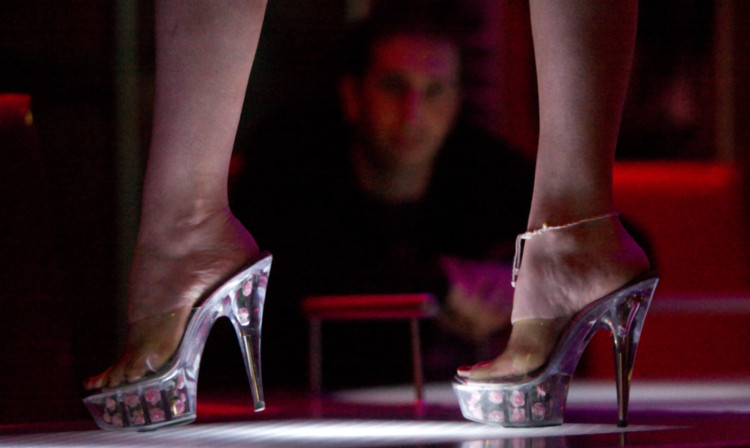Between 5% and 10% of Dundee students who took part in a recent survey would consider working in the sex industry.
Research conducted by local organisation Project No-1 (No one) found that of the 588 students interviewed, 7.5% of the female students said they would consider working in the sex industry.
Some 6% of male students interviewed also said they would think about it.
Laurie Matthew, who worked on the research, said the figures echoed national trends.
“One of the things that has been in line with research across the country is the high percentage of students who would consider working in the sex industry,” she said stressing that respondents had only said they would “consider” it.
Project No-1 spoke to students in the street and also conducted interviews at Dundee College. They were asked about their experiences of the sex industry.
Kieran Watson from the project, which is a collaboration between Dundee-based charities Eighteen and Under and Izzy’s Promise, said previous research had shown that a large number of people working in the sex industry are students.
“That includes things like lap dancers,” he said. “Something like 25% of lap dancers are students.”
Students were asked about their background and whether they had ever been abused or had been in care.
They were asked if they had ever been involved in the sex industry in any of its forms including lap dancing, pornography, prostitution and escorting.
The survey questioned if they knew anyone involved in these activities and if they had ever been asked to join themselves. They were also asked if they were opposed to any aspects of the sex industry.
The survey threw up some unexpected results.
“The students surveyed were under 25 and they didn’t have a very high awareness of issues of human trafficking, which makes me think we need to do more to make young people aware, especially when you think how many would consider working in the sex industry,” Ms Matthew said.
“They need to stay safe.”
Mr Watson added: “One thing that stood out was, when asked what could be done to stop the number of street prostitutes, a lot of women said name and shame them.”
Project No-1 held an open Exploitation Event at Dundee University’s Dalhousie Building last night to share its research.
The university’s feminist society took part in the discussion, presenting the feminist views on the debate surrounding sexual exploitation.
Project No-1 offers support and information to anyone affected by trafficking or sexual exploitation.
According to its website, it is also keen to prevent children and young people from ever being sexually exploited or trafficked.
